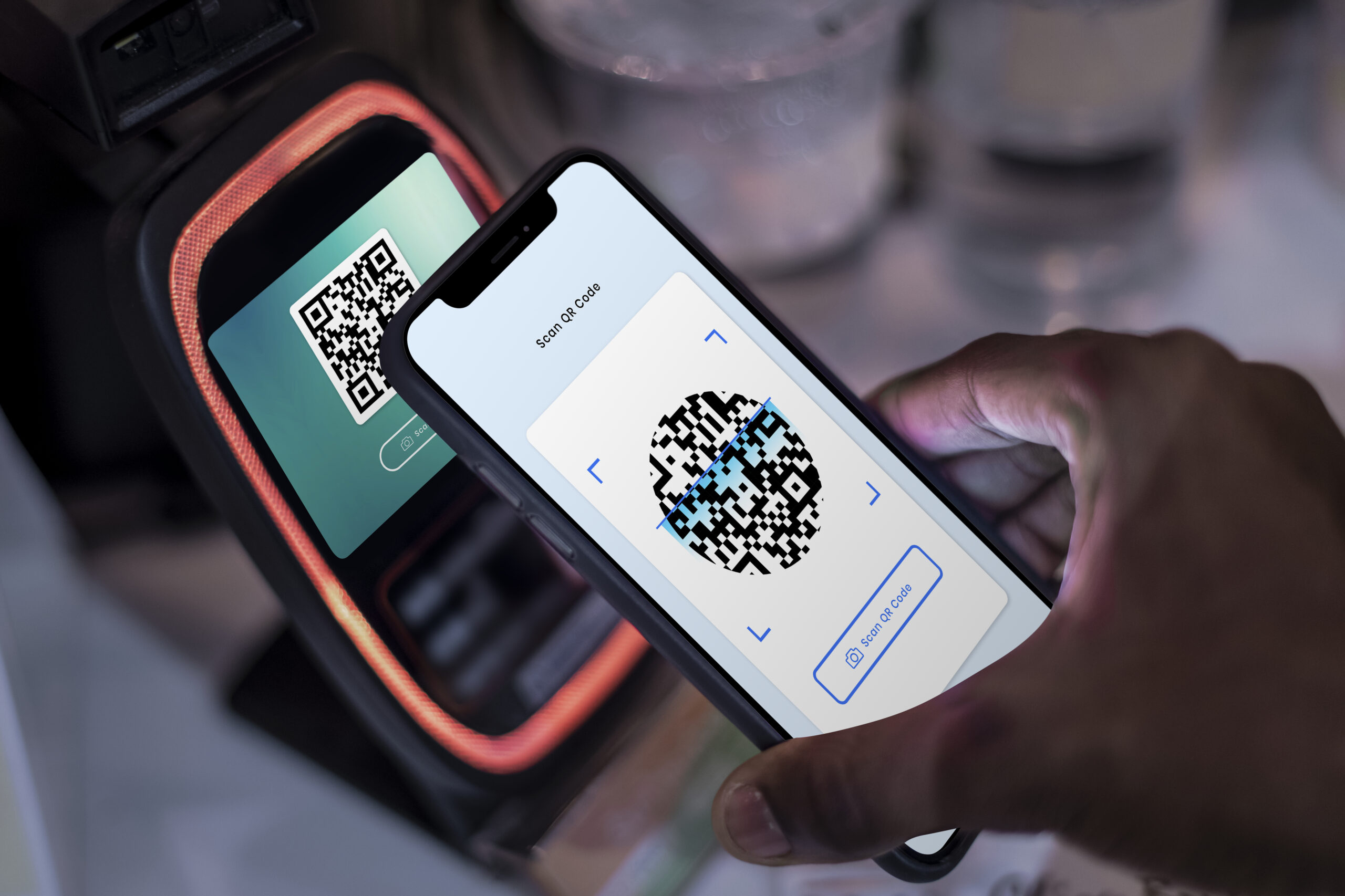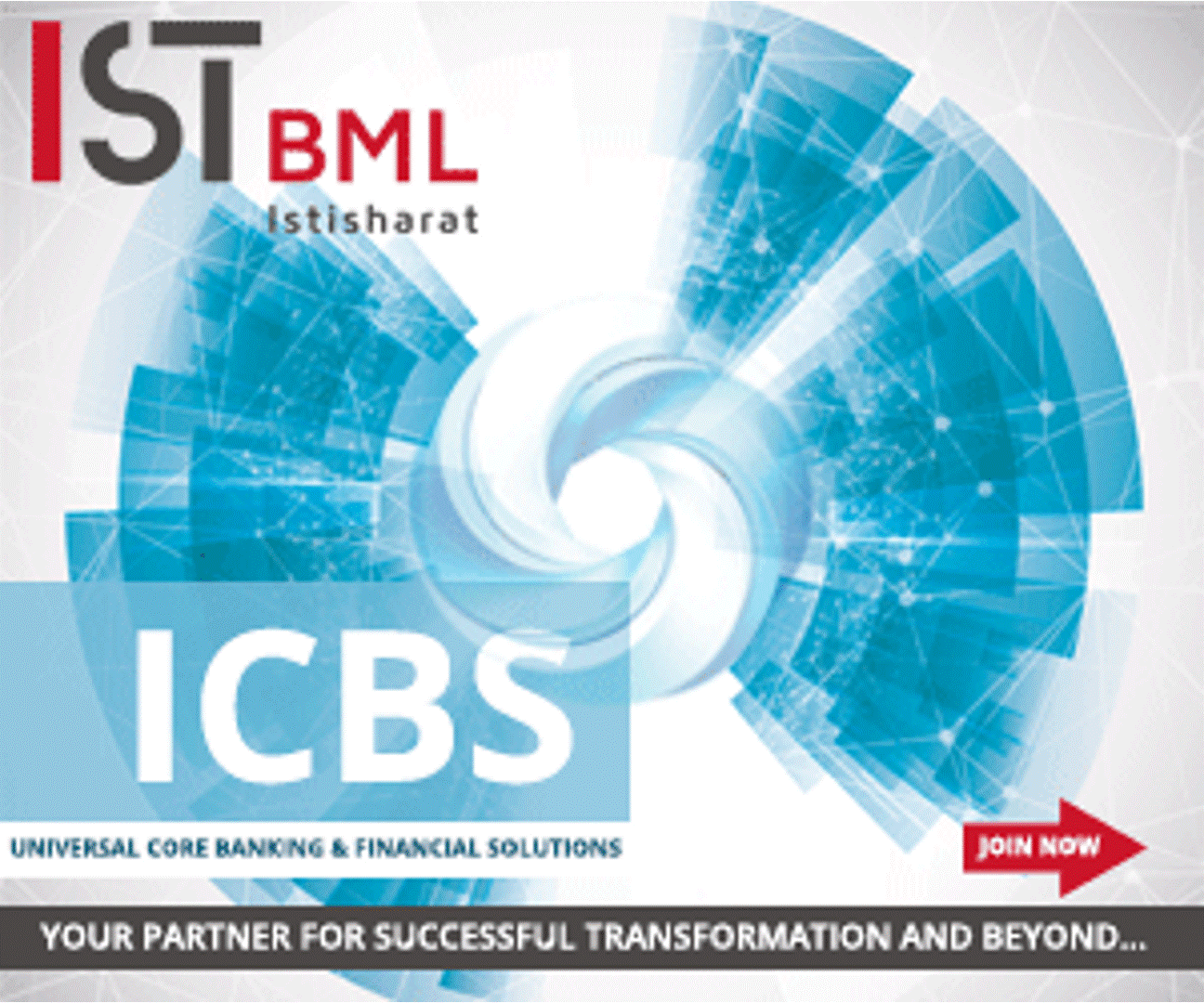 Back
Back
Industry experts react to the RBI’s decision to link credit cards with UPI
By Puja Sharma
RBI Governor Shakitkanta Das’s announcement on the MPC’s policy decisions has come at an important juncture. The RBI has also made several important policy announcements about the Digital Payments Infrastructure in India, especially impacting the adoption of UPI, e-mandates for recurring payments, and others.
Further to RBI’s announcement during the Monetary policy meeting today on linking RuPay credit cards to UPI, Zaggle, which offers innovative solutions such as ‘Propel’, employee rewards & recognition, and channel incentivisation solutions— their Chief Business Officer, Saurabh Puri, said “UPI is one of the biggest success stories in India, and RBI’s announcement of linking RuPay credit cards with UPI is a progressive move to catalyze digital payments in the country.
“A lot of small value transactions that are happening today will now automatically come under the purview of credit cards, which is one big advantage to growing the volume of cards and also increasing the overall coverage. There is now also a huge convenience factor for the customers because UPI is a frictionless way of transacting. It is still not clear how the Merchant Discount Rate (MDR) will be applied for UPI transactions linked to credit cards.” Puri added.
The UPI platform has been allowed to link up only debit cards linked to savings bank accounts and current accounts until now. In the present day, UPI payments are free, while credit card companies are usually compensated by merchant discount rates (MDRs), charged on each of the merchant payments they make.
Gaurav Chopra CEO, IndiaLends, an online marketplace for credit products – loans and credit cards has shared his thoughts: “Credit cards serve two primary purposes: convenient payments and short-term liquidity. Keeping that view, enabling UPI for credit cards is a logical and welcome step. UPI has already proven its utility by its widespread adoption, and bringing the same convenience to access credit can be a watershed moment for credit penetration in India. Today, UPI is practically omnipresent, and I do not doubt that UPI-enabled credit cards will foster the next phase of credit-backed growth for hundreds of millions in our country.”
“Governor Shaktikanta Das’s announcement today comes at a pivotal moment for the Indian economy. While his announcement focused on increasing the repo rate by 50 bps focuses on the RBI’s medium-term goal of reining in inflation and balancing risks to India’s economic growth, it is the long-term focus on making the banking, payments, and lending infrastructure more resilient that make the highlight of this announcement. In light of this, there are three important policy decisions.” Rupesh Nambiar, CFO, Global PayEX. PayEX is a B2B Fintech that uses its AI-powered cloud platform for working capital optimization.
The first is the decision about the transaction limit on e-mandates for recurring payments. While there are 6.25 crore mandates with Indian merchants, only 3,400 mandates have been secured with international merchants. The RBI’s decision to increase the limit per transaction, from INR 5,000/- to INR 15,0000/-, is going to bring in more international merchants within the fold of the Indian payments infrastructure, and further drive cross-border payments. The second pertains to the decision to link credit cards, starting with RuPay, to the UPI platform.
This must be seen in the context of the fact that an increasing number of countries, such as Nepal and Singapore are linking UPI to their digital payments framework as well. Additionally, credit card spending in April 2022 has increased by 79% y-o-y.
In May 2022 itself, 2.4 lakh crore transactions were processed via UPI. By linking credit cards as well as the digital payments network of other countries to the UPI platform, we will witness a surge in the number and the volume of transactions processed. Third, relates to the subsidy claim process under the Payment Infrastructure Development Fund Scheme, which has set the target of increasing the option of POS, QR codes, and mobile payments across tier 3 to tier 6 cities.
“This scheme is critical to ensure that a huge chunk of the Indian population is not left out of the burgeoning digital payments infrastructure. By extending, and simplifying the subsidy claim process, the RBI is doubling down on India’s digital payments infrastructure by incentivizing adoption and growth in non-urban areas. This is crucial to increase access to financial services.” said Nambiar.
“The RBI’s policy decisions about digital payments promise an optimistic future for the Indian payments infrastructure. We believe that central to this future is the growing collaboration between banks and Fintech companies, which will drive the Indian digital payments infrastructure to new heights.” Nambiar further added.
IBSi FinTech Journal
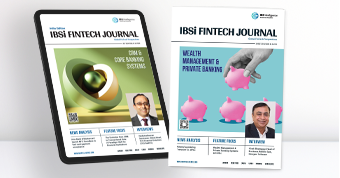
- Most trusted FinTech journal since 1991
- Digital monthly issue
- 60+ pages of research, analysis, interviews, opinions, and rankings
- Global coverage
Other Related News
Related Reports

Sales League Table Report 2025
Know More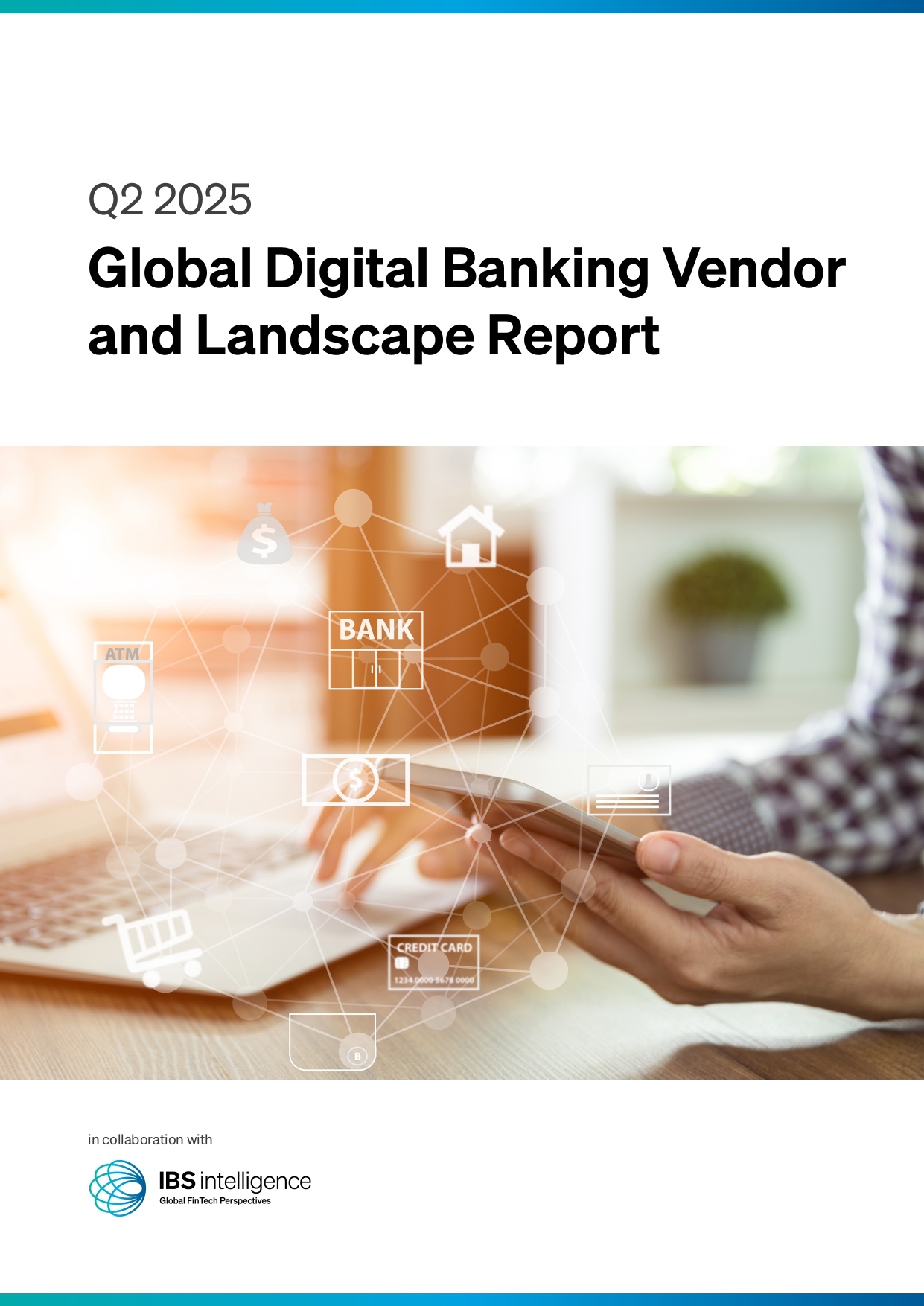
Global Digital Banking Vendor & Landscape Report Q2 2025
Know More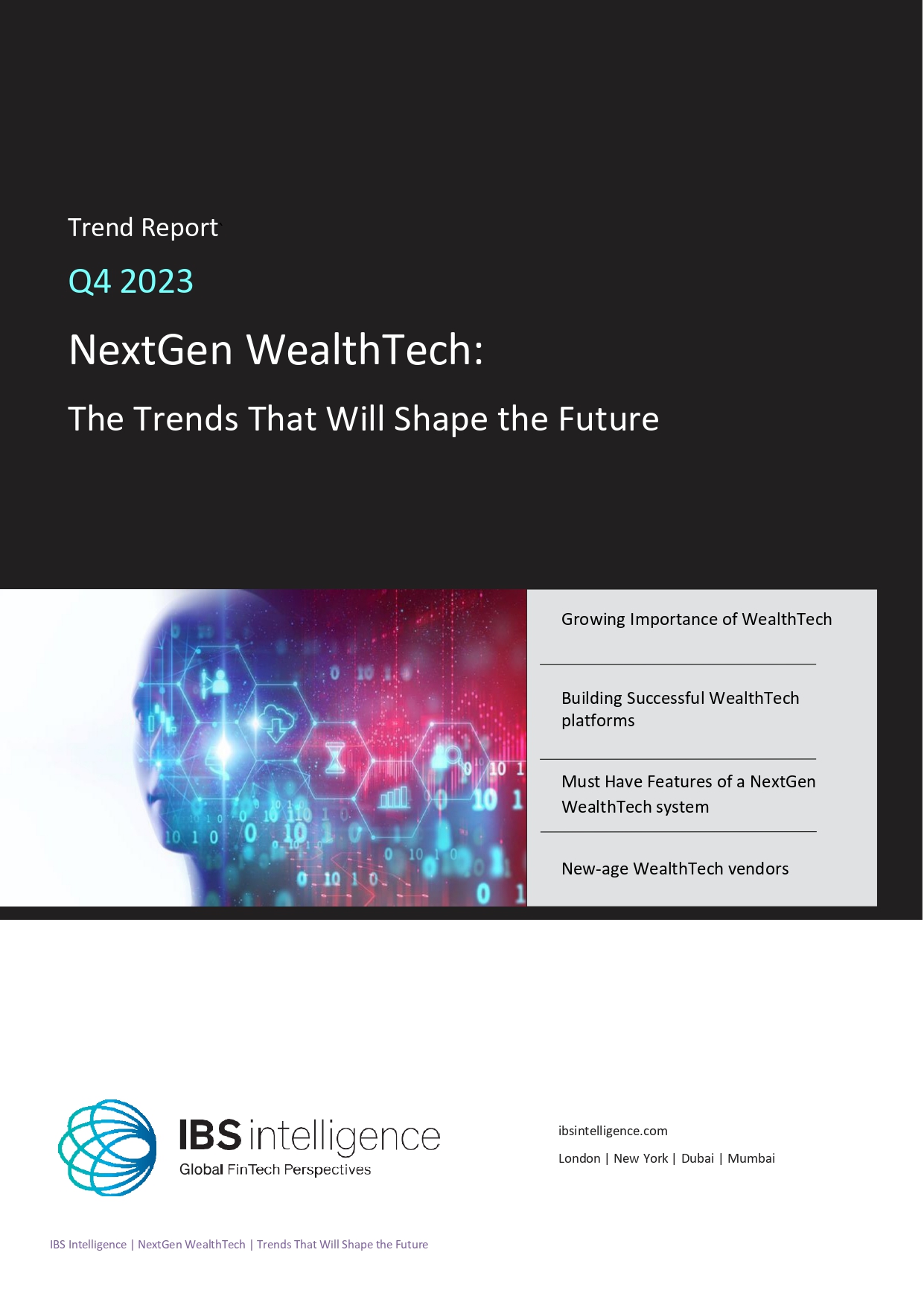
NextGen WealthTech: The Trends To Shape The Future Q4 2023
Know More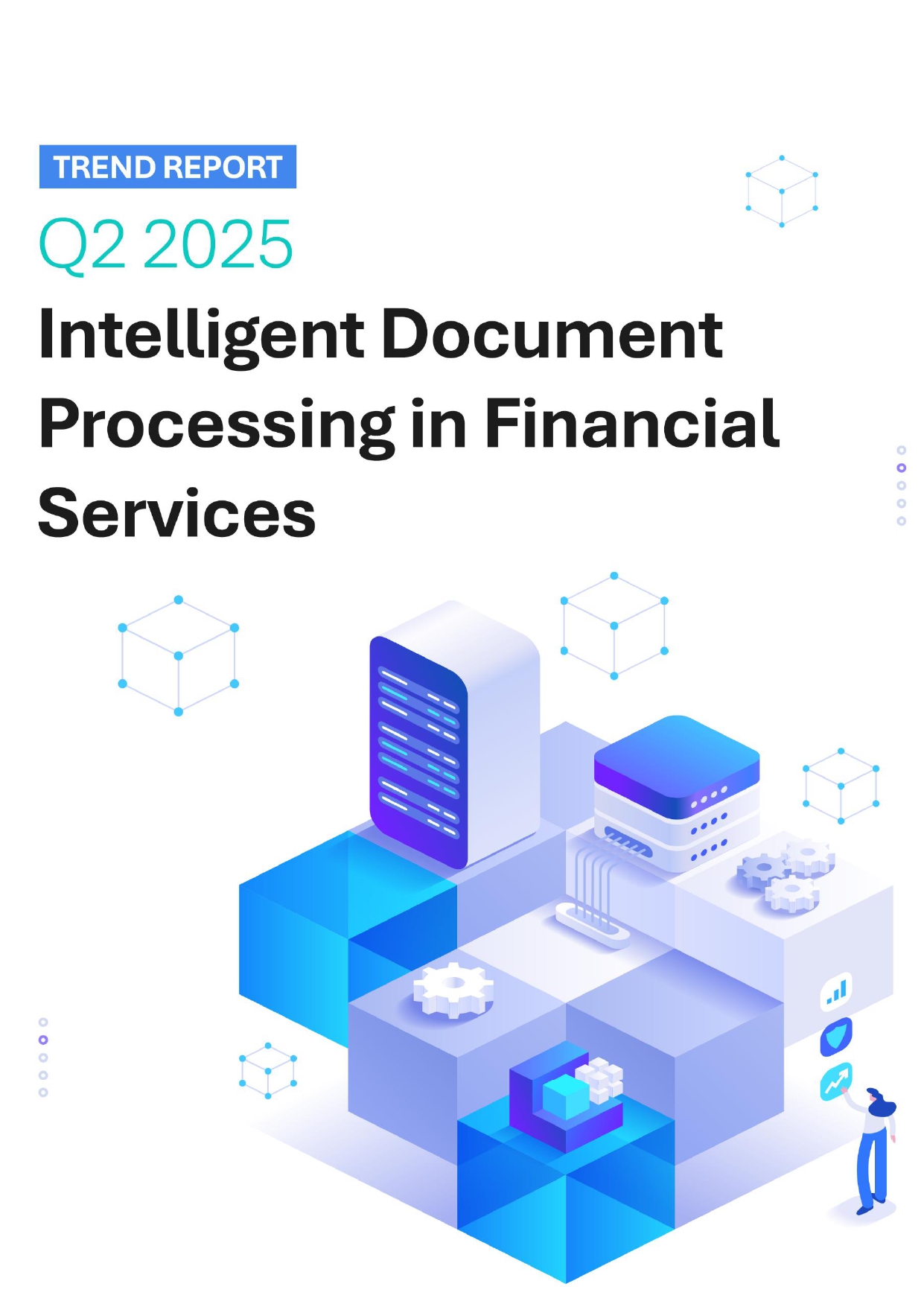
Intelligent Document Processing in Financial Services Q2 2025
Know More

